AP-505 | Aruba AP-505 RW Unified AP
- Free Shipping over AED 500
- Express delivery available
- 24 Month Local Warranty
- Cash on delivery no fee
- 100% Genuine
- Extended warranty available
Description
Aruba 500 Series Indoor Access Points
Secure Wi-Fi 6 (802.11ax) access points for indoor environments such as mid-sized offices, schools, or retail spaces where fewer people are on the network at the same time.
Simple and secure access for mobile environments
Wi-Fi 6 solution designed for indoor environments, offering speed and reliability for smaller offices and clinics, and supports growth.
Ultimate efficiency
Built on Wi-Fi 6 standards, 500 Series APs include features such as OFDMA and Target Wake Time for better multi-user performance, improved efficiency, and green energy savings.
IoT and location-ready
Aruba Wi-Fi 6 includes support for Zigbee and Bluetooth to simplify the deployment and management of IoT location-based services.
IoT and location-ready
Aruba Wi-Fi 6 includes support for Zigbee and Bluetooth to simplify the deployment and management of IoT location-based services.
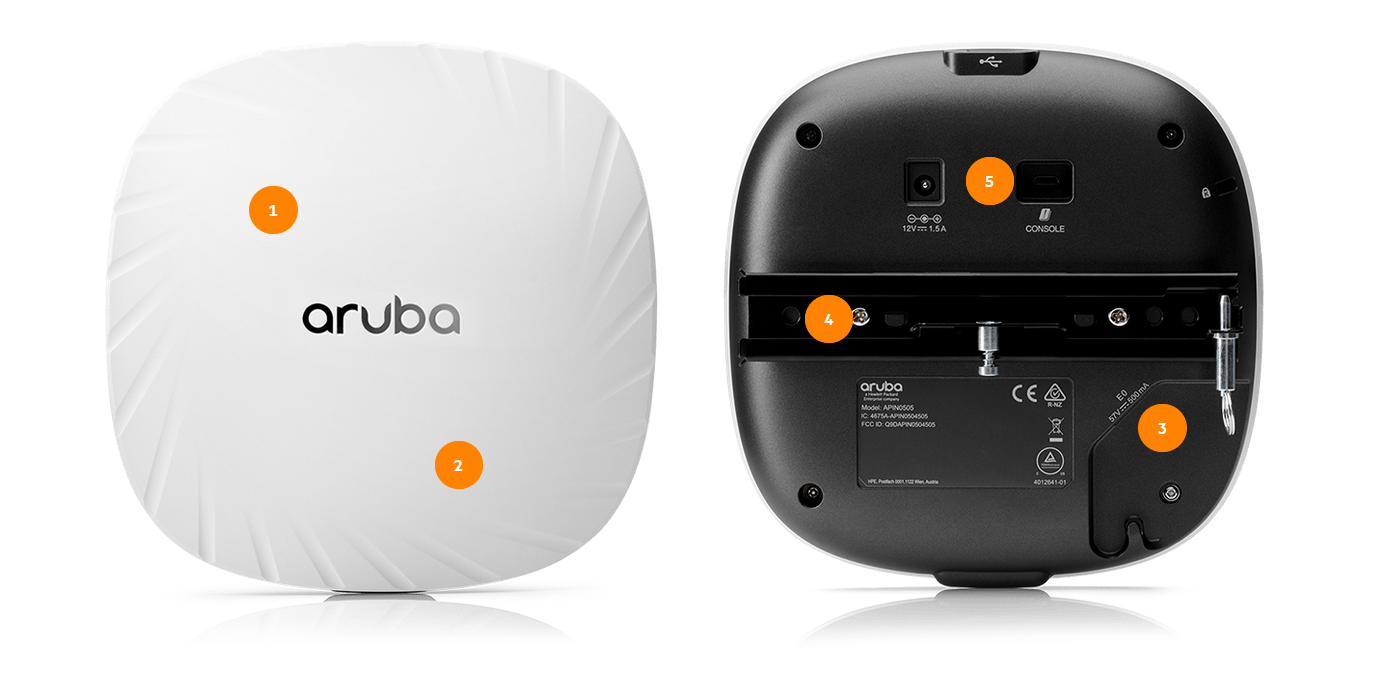
Hardware Variants - AP-504
- AP-505
Wi-Fi Radio Specifications - AP type: Indoor, dual radio, 5GHz and 2.4GHz 802.11ax 2x2 MIMO
- 5GHz radio: Two spatial stream Single User (SU) MIMO for up to 1.2Gbps wireless data rate with individual 2SS HE80 802.11ax client devices, or with two 1SS HE80 802.11ax MU-MIMO capable client devices simultaneously
- 2.4GHz radio: Two spatial stream Single User (SU) MIMO for up to 574Mbps wireless data rate with individual 2SS HE40 802.11ax client devices or with two 1SS HE40 802.11ax MU-MIMO capable client devices simultaneously
- Maximum number of associated client devices: Up to 256 associated client devices per radio
- Maximum number of BSSIDs: 16 BSSIDs per radio
- Supported frequency bands (country-specific restrictions apply):
- 2.400 to 2.4835GHz ISM
- 5.150 to 5.250GHz U-NII-1
- 5.250 to 5.350GHz U-NII-2A
- 5.470 to 5.725GHz U-NII-2C
- 5.725 to 5.850GHz U-NII-3/ISM
- 5.850 to 5.895GHz U-NII-4
- Available channels: Dependent on configured regulatory domain
- Supported radio technologies:
- 802.11b: Direct-sequence spread-spectrum (DSSS)
- 802.11a/g/n/ac: Orthogonal frequency-division multiplexing (OFDM)
- 802.11ax: Orthogonal frequency-division multiple access (OFDMA) with up to 8 resource units
- Supported modulation types:
- 802.11b: BPSK, QPSK, CCK
- 802.11a/g/n: BPSK, QPSK, 16-QAM, 64-QAM, 256-QAM (proprietary extension)
- 802.11ac: BPSK, QPSK, 16-QAM, 64-QAM, 256-QAM, 1024-QAM (proprietary extension)
- 802.11ax: BPSK, QPSK, 16-QAM, 64-QAM, 256-QAM, 1024-QAM
- 802.11n high-throughput (HT) support: HT20/40
- 802.11ac very high throughput (VHT) support: VHT20/40/80
- 802.11ax high efficiency (HE) support: HE20/40/80
- Supported data rates (Mbps):
- 802.11b: 1, 2, 5.5, 11
- 802.11a/g: 6, 9, 12, 18, 24, 36, 48, 54
- 802.11n: 6.5 to 300 (MCS0 to MCS15, HT20 to HT40), 400 with 256-QAM
- 802.11ac: 6.5 to 867 (MCS0 to MCS9, NSS = 1 to 2, VHT20 to VHT80), 1,083 with 1024-QAM
- 802.11ax (2.4GHz): 3.6 to 574 (MCS0 to MCS11, NSS = 1 to 2, HE20 to HE40)
- 802.11ax (5GHz): 3.6 to 1,201 (MCS0 to MCS11, NSS = 1 to 2, HE20 to HE80)
- 802.11n/ac packet aggregation: A-MPDU, A-MSDU
- Transmit power: Configurable in increments of 0.5 dBm
- Maximum (aggregate, conducted total) transmit power (limited by local regulatory requirements):
- 2.4 GHz band: +21 dBm (18dBm per chain)
- 5 GHz band: +21 dBm (18 dBm per chain)
- Note: conducted transmit power levels exclude antenna gain. For total (EIRP) transmit power, add antenna gain.
- 802.11mc Fine Timing Measurement (FTM):
- for precision distance ranging
Wi-Fi Antennas - AP-504:
- Two (female) RP-SMA connectors for external dual band antennas (A0 and A1, corresponding with radio chains 0 and 1). Worst-case internal loss between radio interface and external antenna connectors (due to diplexing circuitry): 0.7dB in 2.4GHz and 1.3dB in 5GHz.
- AP-505:
- Two integrated dual-band downtilt omni-directional antennas for 2x2 MIMO with peak antenna gain of 4.9dBi in 2.4GHz and 5.7dBi in 5GHz. Built-in antennas are optimized for horizontal ceiling mounted orientation of the AP. The downtilt angle for maximum gain is roughly 30 degrees.
- Combining the patterns of each of the antennas of the MIMO radios, the peak gain of the combined, average pattern is 4.3dBi in 2.4GHz and 5.6dBi in 5GHz.
- Two integrated dual-band downtilt omni-directional antennas for 2x2 MIMO with peak antenna gain of 4.9dBi in 2.4GHz and 5.7dBi in 5GHz. Built-in antennas are optimized for horizontal ceiling mounted orientation of the AP. The downtilt angle for maximum gain is roughly 30 degrees.
Other Interfaces - E0: Ethernet wired network port (RJ-45):
- Auto-sensing link speed (10/100/1000BASE-T) and MDI/MDX
- PoE-PD: 48Vdc (nominal) 802.3af/at PoE (class 3 or 4)
- 802.3az Energy Efficient Ethernet (EEE)
- DC power interface: 12Vdc (nominal, +/- 5%), accepts 2.1mm/5.5mm center-positive circular plug with 9.5mm length
- USB 2.0 host interface (Type A connector): Capable of sourcing up to 1A / 5W to an attached device
- Bluetooth Low Energy (BLE5.0) and Zigbee (802.15.4) radio:
- BLE: up to 7dBm transmit power (class 1) and -93dBm receive sensitivity (1Mbps)
- Zigbee: up to 6dBm transmit power and -96dBm receive sensitivity Integrated vertically polarized omnidirectional antenna with roughly 30 degrees downtilt and peak gain of 3.3dBi
- Visual indicators (two multi-color LEDs): For System and Radio status
- Reset button: Factory reset, LED mode control (normal/off)
- Serial console interface: Proprietary, micro-B USB physical jack
- Security slot: Kensington security slot
Power Sources and Power Consumption - The AP supports direct DC power and Power over Ethernet
- The AP supports direct DC power and Power over Ethernet
- When both DC and PoE power sources are available, DC power takes priority over PoE units
- Power sources are sold separately; see the 500 Series Ordering Guide for details
- When powered by DC or 802.3at (class 4) PoE, the AP will operate without restrictions units
- When powered by 802.3af (class 3) PoE and with the IPM feature disabled, the AP will disable the USB port. In the same configuration but with IPM enabled, the AP will start up in unrestricted mode, but may dynamically apply restrictions depending on the PoE budget and actual power. The feature restrictions and order can be programmed.
- Maximum (worst-case) power consumption (without / with a USB device attached):
- DC powered: 8.9W / 14.2W
- PoE powered (802.3at): 11.0W / 16.5W
- PoE powered (802.3af): 11.0W / 13.5W
- This assumes that up to 5W is supplied to the attached USB device
- Maximum (worst-case) power consumption in idle mode: 4.3W (DC) or 6.1W (PoE)
- Maximum (worst-case) power consumption in deep-sleep mode: 1.7W (DC) or 3.3W (PoE)
Mechanical Specifications - Dimensions/weight (AP-505; unit, excluding mount bracket):
- 160mm (W) x 161mm (D) x 37mm (H)
- Weight: 500g
- Dimensions/weight (AP-505; shipping):
- 193mm (W) x 183mm (D) x 63mm (H)
- Weight: 645g
- Mounting details (AP-505): A mounting bracket has been pre-installed on the back of the AP. This bracket is used to secure the AP to any of the mount kits (sold separately); see the 500 Series Ordering Guide for details.
Mounting Details - A mounting bracket has been pre-installed on the back of the AP. This bracket is used to secure the AP to any of the Aruba mount kits (sold separately); see the ordering Information section below for details.
Environmental Specifications - Operating conditions:
- Temperature: 0°C to +50°C / +32°F to +122°F
- Humidity: 5% to 93% non-condensing
- AP is plenum rated for use in air-handling spaces
- ETS 300 019 class 3.2 environments
- Storage and transportation conditions:
- Temperature: -40°C to +70°C / -40°F to +158°F
- Humidity: 5% to 93% non-condensing
- ETS 300 019 classes 1.2 and 2.3 environments
Reliability - Mean Time Between Failure (MTBF): 1.3Mhrs (148yrs) at +25°C operating temperature
Regulatory and Safety Compliance - AP-504: APIN0504
- AP-505: APIN0505
- Minimum ArubaOS Release: ArubaOS and Aruba InstantOS 8.6.0.0
- Regulatory compliance (for more country-specific regulatory information and approvals, please see your Aruba representative):
- FCC/ISED
- CE Marked
- RED Directive 2014/53/EU
- EMC Directive 2014/30/EU
- Low Voltage Directive 2014/35/EU
- UL/IEC/EN 60950
- EN 60601-1-1, EN60601-1-2
- Railway Certs (AP-505 Only):
- EN 50155:2017 – Railway Applications
- EN 50121-1:2017 – Railway EMC
- EN 50121-3-2 – Railway EMC
- EN 50121-4:2016 – Railway Immunity
- IEC 61373 ed2:2008 – Railway Shock and Vibration
- Certifications:
- UL2043 plenum rating
- Wi-Fi Alliance:
- Wi-Fi CERTIFIED a, b, g, n, ac
- Wi-Fi CERTIFIED 6 (ax)
- WPA, WPA2 and WPA3 – Enterprise with CNSA option, Personal (SAE), Enhanced Open (OWE)
- WMM, WMM-PS, W-Fi Agile Multiband
- Passpoint (release 2)
- Wi-Fi location
- Bluetooth SIG
- Ethernet Alliance (PoE, PD device, class 4)
Minimum Operating System Software Versions - ArubaOS and Aruba InstantOS 8.6.0.0
- ArubaOS 10.1.0.0
Warranty - Aruba's hardware limited lifetime warranty
- The AP supports direct DC power and Power over Ethernet








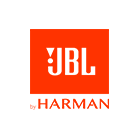














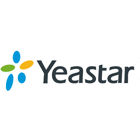
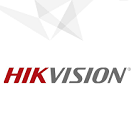


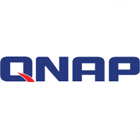
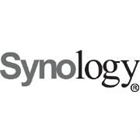





 Pay
Pay